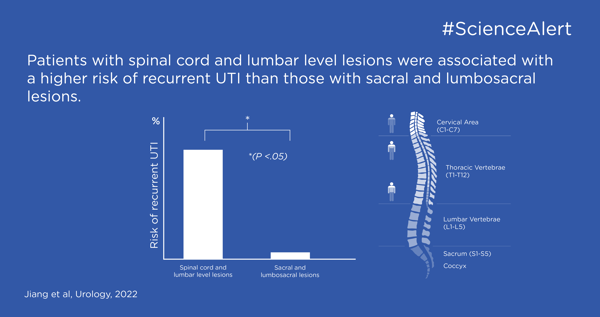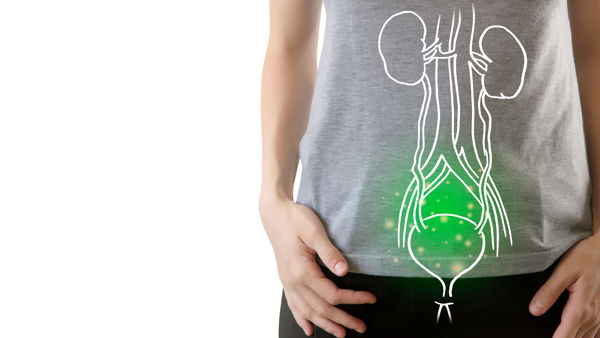Articles
Que vous soyez soignant, spécialiste ou totalement novice dans le domaine de l'incontinence, Wellspect Education propose des ressources pédagogiques adaptées à votre niveau d'expertise.
Que vous soyez soignant, spécialiste ou totalement novice dans le domaine de l'incontinence, Wellspect Education propose des ressources pédagogiques adaptées à votre niveau d'expertise.

key:global.content-type: Article
Les infections urinaires récurrentes chez les enfants atteints de vessie neurogène constituent un risque élevé d’entraîner de graves lésions rénales et doivent faire l’objet d’une attention particulière. Cette étude est utile pour déterminer les traitements et les mesures proactives pour prévenir les infections urinaires récurrentes.

key:global.content-type: Article
La rétention urinaire est l’incapacité d’évacuer la totalité de l’urine de la vessie, ce qui crée un volume résiduel d’urine qui peut causer des complications. Il est important de savoir que même si certaines personnes parviennent à uriner, elles peuvent souffrir de rétention urinaire car le volume restant dans la vessie est trop élevé.

key:global.content-type: Article
A surprisingly high number of patients reuses catheters intended for single-use every day putting them at risk for unnecessary complications. Single-use hydrophilic catheters for intermittent catheterization lower the risk for short- and long-term complications and are a convenient and preferred choice for many patients.

key:global.content-type: Article
According to WHO the problem of antimicrobial resistance is so serious that it threatens our modern healthcare system.1 By 2050 it may cause 10 million deaths2 or more if we lose our ability to use effective antibiotics.

key:global.content-type: Article
Available clinical evidence supports the strategy to always consider intermittent catheterization as the first therapeutic choice, before considering the use of an indwelling catheter. Intermittent catheterization is the first therapeutic choice and is a safer bladder management method than both urethral and suprapubic indwelling catheters. Intermittent catheterization is central to reduce morbidity related to renal failure and neurogenic bladder dysfunction.

key:global.content-type: Article
Introduction of a no-touch catheter/technique for intermittent catheterization seems to be well accepted both by caregivers and patients and it is not necessarily associated with higher costs. On the contrary, it could potentially reduce costs, saving time and errors in the healthcare system and reduce infection complications in general. The clinical evidence level is low for using no-touch technique/catheter to reduce UTIs but current available studies suggest benefits of it.
